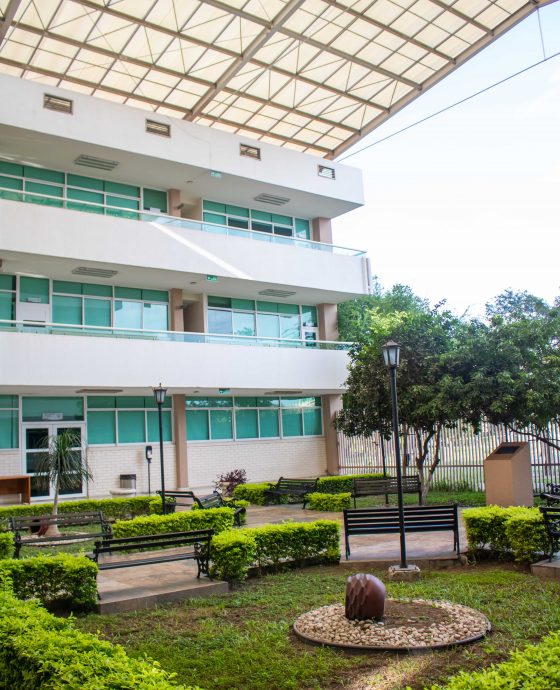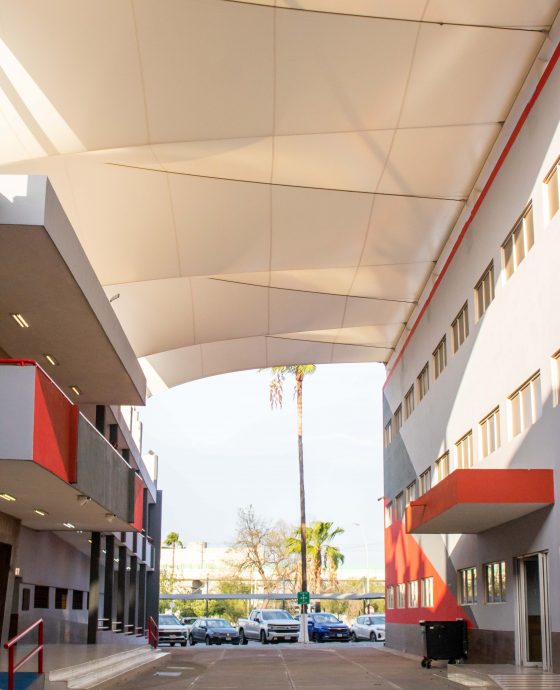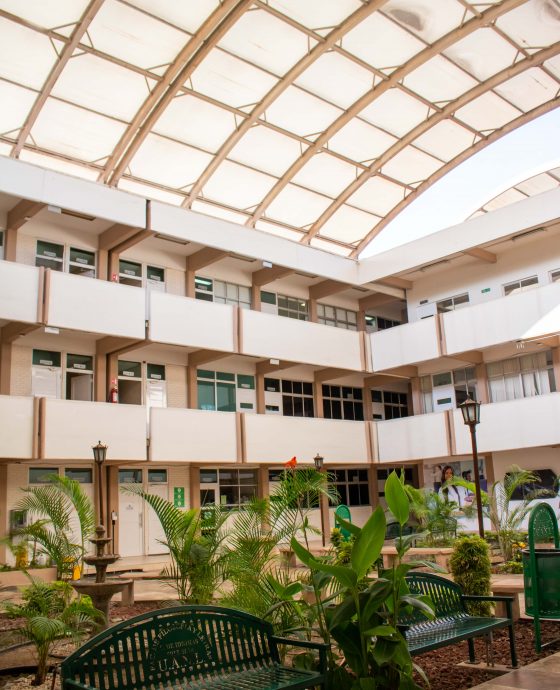Sustainable infrastructure
Sustainable infrastructure
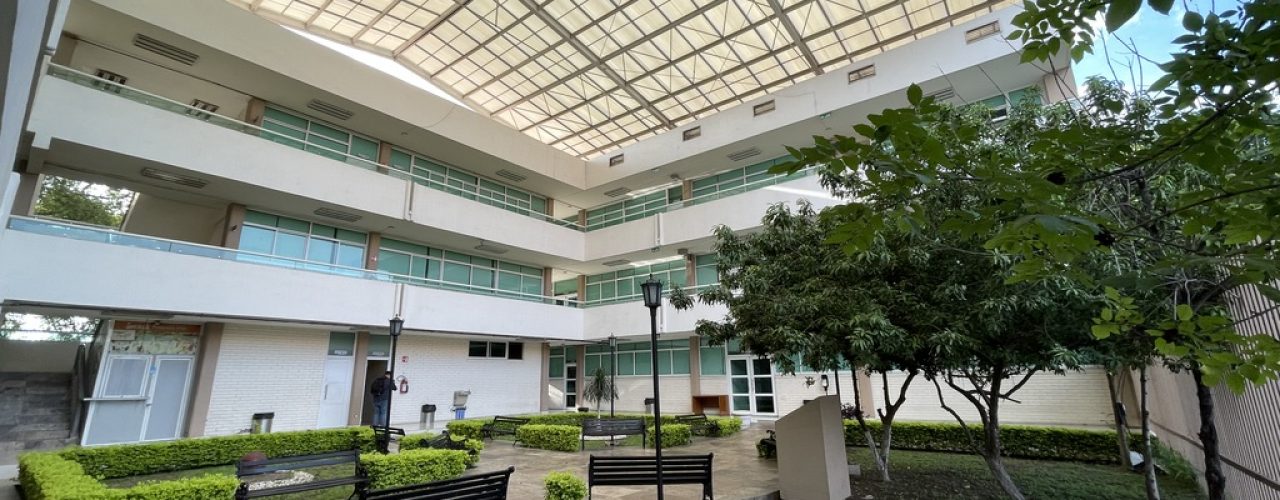
La Universidad Autónoma de Nuevo León (UANL) es la institución de educación superior más importante del norte de México y una de las más grandes de América Latina, tanto por su matrícula estudiantil como por su infraestructura. Actualmente, cuenta con 26 facultades y 29 preparatorias, distribuidas en siete campus universitarios y 86 planteles ubicados en 36 de los 51 municipios que conforman el estado de Nuevo León.
Cinco de los campus de la UANL se encuentran en la Zona Metropolitana de Monterrey: Ciudad Universitaria, Ciencias de la Salud, Mederos, Ciencias Agropecuarias y Cadereyta. Los otros dos están localizados en los municipios de Sabinas Hidalgo y Linares. La mayoría de los planteles de la UANL se sitúan en zonas con climas áridos o semiáridos, con una precipitación media anual de 650 mm y una temperatura promedio de 25 °C, alcanzando máximas superiores a los 40 °C e incluso mínimas por debajo de los 0 °C.
Ante esta realidad climática y ambiental, la UANL ha adoptado una política institucional en infraestructura sustentable, orientada al diseño, construcción y operación de espacios universitarios bajo criterios de sustentabilidad ambiental, social y económica. Esta estrategia busca reducir el impacto ambiental, optimizar el uso de recursos naturales y fomentar entornos saludables para la comunidad universitaria.
38,124,120 m2 total area occupied by the seven campuses that make up the UANL
36,928,153 m2 total water absorption area
1,195,967 m2 built area
20,679,766 m2 area occupied by planted vegetation
16,248,387 m2 area occupied by forest vegetation
552,569 m2 total area on first floor
96.8 % proporción de espacio abierto
159 m2 open space area per capita
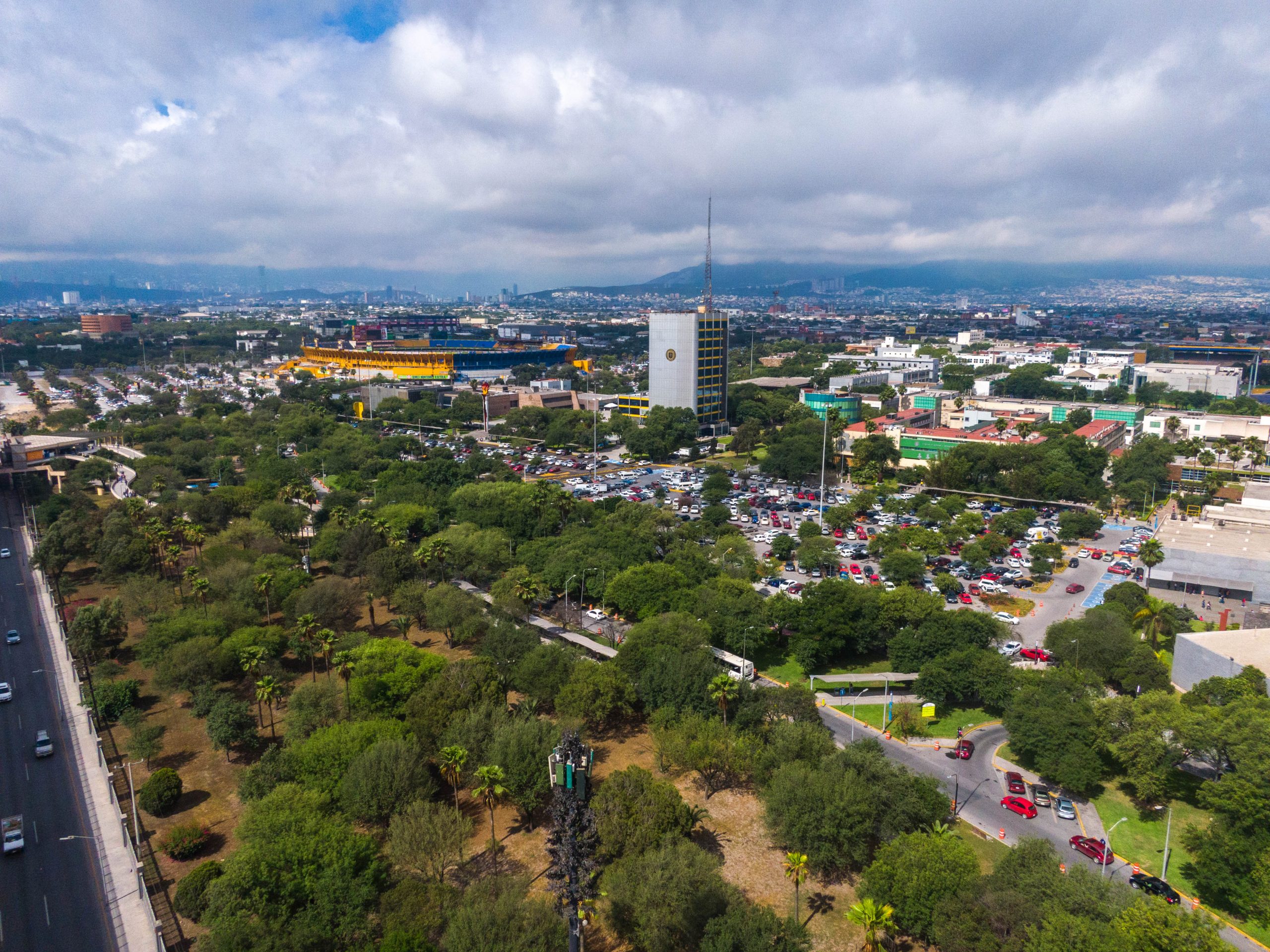
Las edificaciones sustentables impulsadas por la UANL cumplen con altos estándares de eficiencia energética, reduciendo significativamente el consumo de energía y agua, al tiempo que ofrecen condiciones óptimas para el bienestar de los usuarios. Con esta visión, la Universidad avanza hacia un modelo de infraestructura sustentable, preparado para enfrentar los desafíos a los que hoy se enfrenta, pero también los de futuro. Este compromiso refuerza el liderazgo institucional en temas de sustentabilidad y promueve un entorno educativo sustentable para las próximas generaciones.
Entre las acciones implementadas para mejorar la eficiencia energética en sus instalaciones, destacan:
- La disminución del consumo de energía y agua a través de buenas prácticas de uso eficiente de estos importantes recursos.
- Programas permanentes de mantenimiento de los sistemas de trasmisión eléctrica y conducción de agua.
- Fomento a la autogeneración de energía mediante fuentes renovables.
- Instalación de sistemas de iluminación de alta eficiencia energética.
- Sustitución de equipos de climatización convencionales por versiones de alta eficiencia.
- Colocación de detectores de movimiento en salones y oficinas. Mejoras en el aislamiento térmico de edificios. Aprovechamiento de luz y ventilación natural para reducir la dependencia de sistemas artificiales.
- Instalación de pantallas LED de bajo consumo energético. Incorporación de equipos ahorradores de agua en todas las instalaciones universitarias.
- Desarrollo de techos verdes.
- Implementación de sistemas de gestión de residuos y reciclaje. Incremento en la superficie de captación de agua pluvial.
- Uso de plantas termo solares para calentar agua.
- Uso de agua que se produce por la condensación de los sistemas de climatización para regar áreas verdes.
- Elaboración de inventarios y planes de manejo sustentable del capital forestal con el que cuentan los campus universitarios.
Actualmente, el 100% de los edificios de la UANL está equipado con aires acondicionados y luminarias de alta eficiencia, dispositivos de ahorro de agua y sistemas de gestión de residuos adecuados. Esto ha permitido lograr ahorros importantes en consumo energético y económico, además de contribuir a la reducción de emisiones de gases de efecto invernadero (GEI) generadas por las actividades académicas cotidianas. Con la realización de estas y otras acciones adicionales, la UANL no solo responde a sus necesidades operativas, sino que consolida su 43 liderazgo en la promoción de la sustentabilidad en ambientes universitarios, manteniéndose como un referente nacional en infraestructura sustentable.

